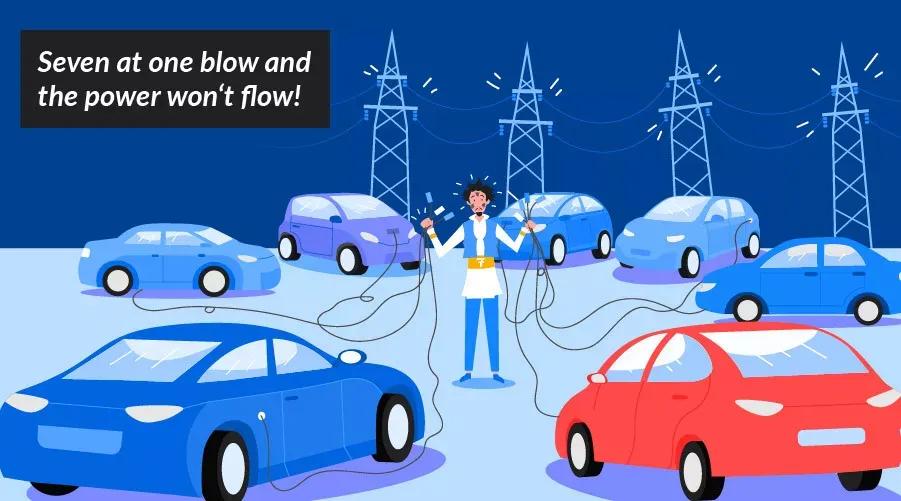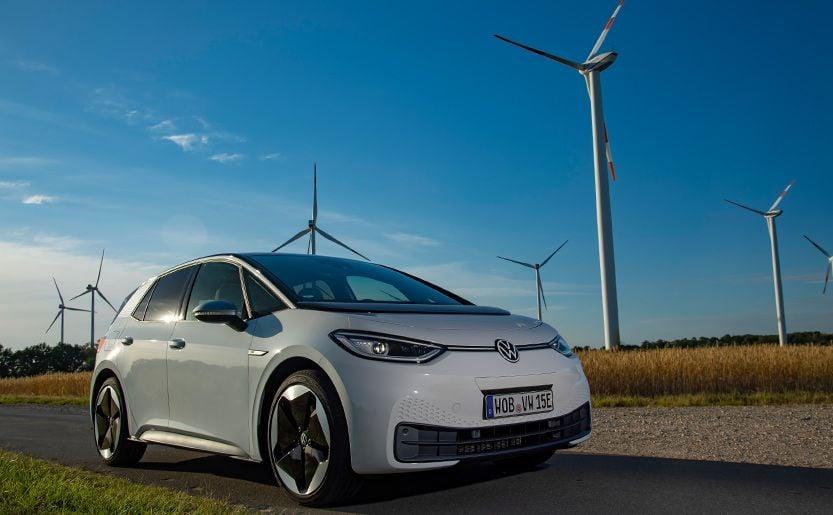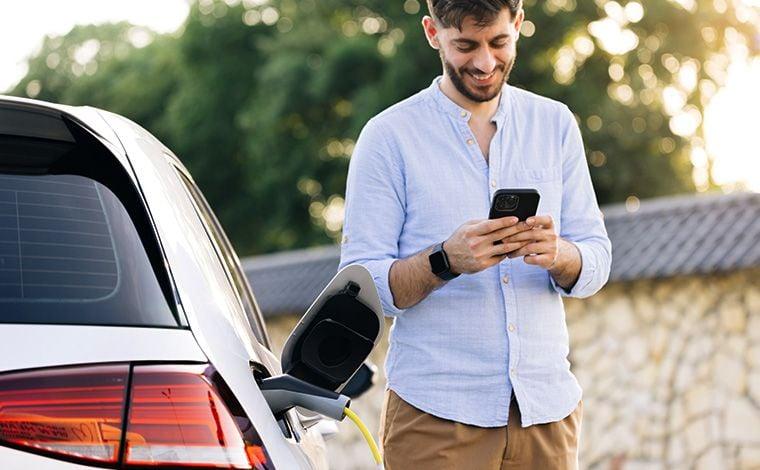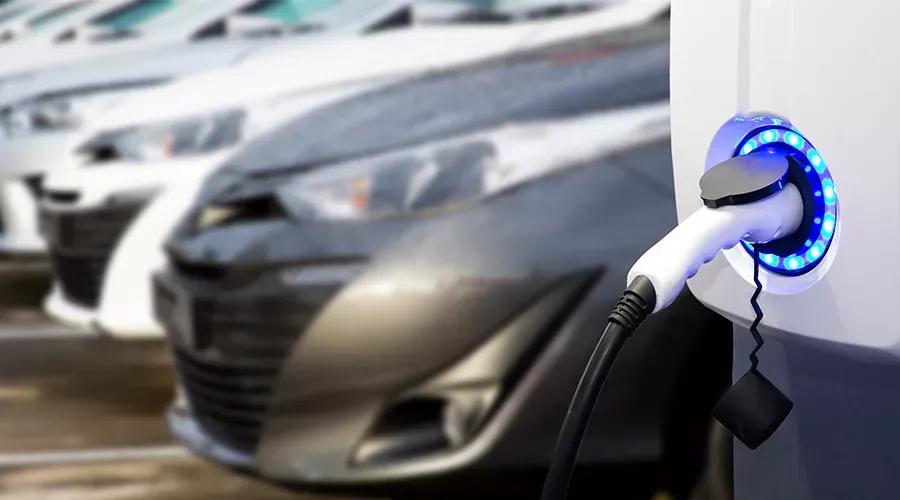Once upon a time …there was the threat of a blackout!
By 2030, the EU is aiming for at least 30 million zero-emission vehicles. In 2020, the number of newly registered electric cars has already tripled in Germany alone. But with such rapid growth, will there really be enough electricity in the future? Can the grid meet the additional demand for electricity caused by the ramp-up of electromobility and at the same time guarantee a stable power supply?
Enough electricity available
The amount of electricity available in Germany will be sufficient for electric vehicles over the next few years and is not an obstacle to the further expansion of e-mobility. In 2030, according to forecasts and the wishes of the German government, there should be around seven to ten million electric vehicles on German roads. This will increase the demand for electricity by only a moderate 3 to 4.5 percent by 2030. If all of the 45 million passenger cars in Germany were electric cars, the demand for electricity would rise by a maximum of 20 percent.
Although there will have to be adjustments and additional investments in the distribution networks at one point or another, these will remain within a manageable range. According to a study by Agora Energiewende, electromobility will even finance the expansion of the distribution grid by 2050 through its electricity demand and the resulting additional revenues for the energy companies.
The grid capacity is sufficient
In any case, the networks of the energy supplier E.ON in Germany are ready for a switch to electric cars, even for a complete electrification of the vehicle fleet, the company reports. This would require E.ON to invest a total of around 2.5 billion euros to renew local network stations or build new lines, for example. By way of comparison, E.ON is currently investing around 1 billion euros a year in German networks. According to a press release, a project from the United Kingdom which is considered one of the largest smart charging projects in the world, also concludes that hardly any upgrades to existing network capacities are required. EnBW has come to similar conclusions in the pilot project "E-Mobility-Allee".
Cheap power production for electric car
In general, electric cars enable a fundamental change in the system: Because anyone with a sufficiently large surface area on their roof or property can cover the majority of their energy requirements themselves by using photovoltaics and a stationary battery as a buffer storage unit. Not only does this cover the needs of the house and its inhabitants, but it can also supply power for the electric car. Even at a much lower price than the fuel for internal combustion engines. Current private solar systems with home storage produce the electricity for 100 km of driving for a good 2.50 euros – for which you would get less than two liters of petrol or diesel.
Grid-optimized charging is a must-have
It is essential, however, that grid-optimized charging becomes the standard. Controlled charging, i.e. the postponement and staggering of charging processes, enables the targeted power supply of electric car batteries at times of excess power, such as in the early afternoon or at night. This can be implemented with little effort, since cars in Germany are parked for 97 percent the time anyway, and a large proportion of charging processes take place at home and at work.
A positive side-effect is that in times of an electricity surplus prices are lower and it includes a high proportion of renewable energies. On the one hand this brings cost advantages and on the other hand it contributes to a better utilization of renewable energies.
The current German KfW funding already reflects this goal, as only intelligently controllable charging stations are funded. Grid operators are also working on a new regulation so that electric car owners who are willing to have their charging processes regulated accordingly will be rewarded with more favorable grid tariffs.
Electric car batteries in stationary applications create stability
Another advantage that comes along with electric mobility: After their life in the electric car, the batteries can even act as an additional grid stabilizer and prevent a blackout. That is, in stationary applications as second-life battery storage. Their contribution was demonstrated, among other things, on 08 January 2021, when there was too little electricity in the European grid and it almost came to a large-scale power blackout. However, this was prevented. On the one hand, thanks to conventional peak load power plants, but also thanks to battery storage systems, which were also activated for use in primary control reserve (PCR).
The Mobility House operates several storage facilities of this type in Germany and the Netherlands and was thus able to support the maintenance of grid stability with over 2,500 vehicle batteries.



